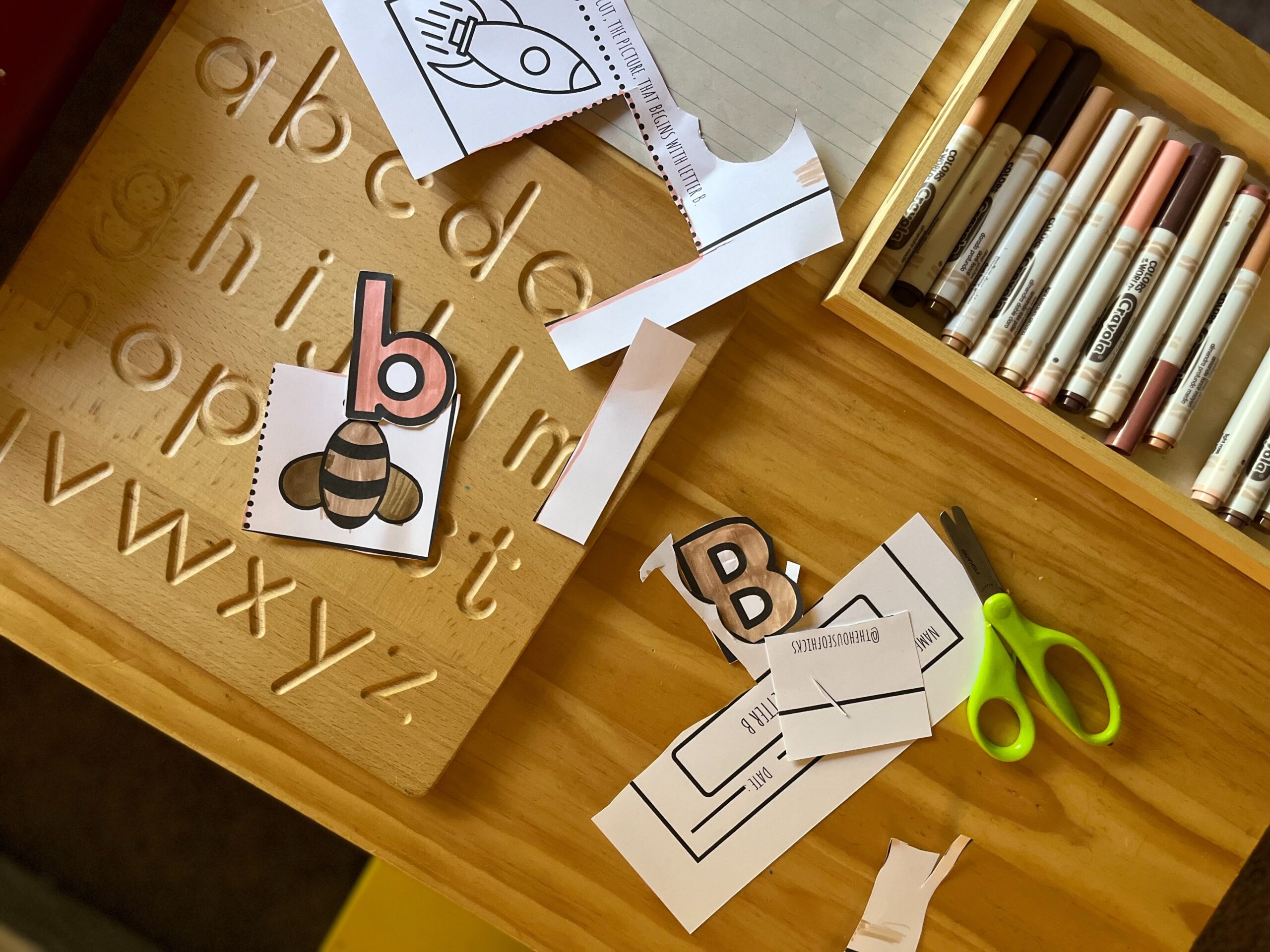Pronunciation Rules of Vowels and Their Combinations
The four pronunciations of the vowel e are discussed below, namely the long vowel /ē/ of the vowel e, the short vowel /ě/ of the vowel i, the short vowel /ǐ/ of the vowel i and the universal light vowel /ə /, and the cases where it is not pronounced.
The first pronunciation of the vowel letter e is the long vowel /ē/. First, when it is in a stressed open syllable, as in wē and sē cret; secondly, when it is in an e-assisted open syllable, as in Jap a nēse and ēve; finally, when it is in When in V·V syllables, as in the words crē·ate and i·dē·a.
The second pronunciation of the vowel letter e is its short vowel /ě/, mainly when it is in a stressed closed syllable, such as in the words běd and cor·rěct. In addition, when it is in the r-syllable letter combinations ere, ear and eir, its pronunciation is also a short vowel /ě/, as in the words whěre, běar and thěir. At this time, the r-syllable letter combinations ere, ear and eir are pronounced as /ěr/, namely where, bear and their (ěr).
The third pronunciation of the vowel e is the short vowel /ǐ/ of the vowel i, mainly when it is in an unstressed syllable, such as in the words bas·ket, se·cure and hous·es(ǐ )middle. In individual words, when it is in a stressed closed syllable, its pronunciation can also be /ǐ/, such as in the word pret · ty (ǐ). In addition, when it is in the r-syllable letter combinations ere and er, its pronunciation can also be /ǐ/, as in the words here and he · ro (ǐ).
The fourth pronunciation of the vowel letter e is the universal light vowel /ə/, which can be mainly divided into two cases: the first case is when it is in an unstressed syllable, such as in the words si·lent and of· ten (ə); the second case is when it is in the r-syllable letter combination er, as in the words person son and teach er (ə). At this time, the r-syllable letter combination er is pronounced as /ər/, that is, person-son and tea·cher (ər).
In addition, the vowel e, in addition to having different pronunciations like other vowels, often plays a special role, that is, an additional function at the end of a word or syllable, and it is not pronounced at this time. There are three main situations in which the vowel letter e is silent: the first is when it appears in e auxiliary open syllables, such as in words like and pro·duce (¢); the second is when it is used as a word ending Marks are appended to the vowels i and u, or the consonants v and s, to avoid the phenomenon of these letters appearing at the end of words, as in the words die, glue, have, and horse (¢); the third is appended to
After the consonant letters c and g, it plays a role in softening its pronunciation, so that the pronunciation of c is not /k/, but /s/ or /sh/, such as in the words rice and o·cean (sh), the pronunciation of g is made Not /g/, but /j/, as in the words age and region(j).
The following sentence includes the four pronunciations of the vowel letter e, namely /ē/, /ě/, /ǐ/ and /ə/, as well as its silence, please memorize this example:
We’d like to share our selection of short stories and poems with you. We’d like to share our selection of short stories and poems with you.







